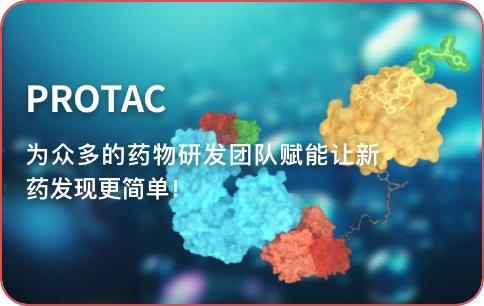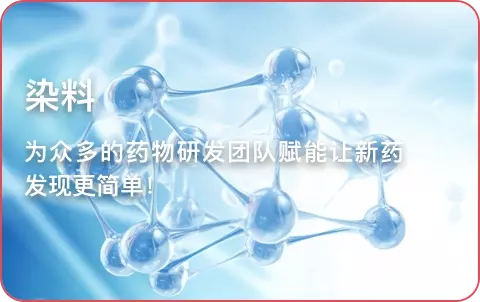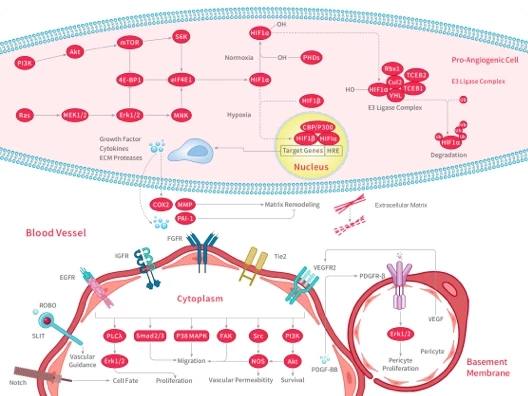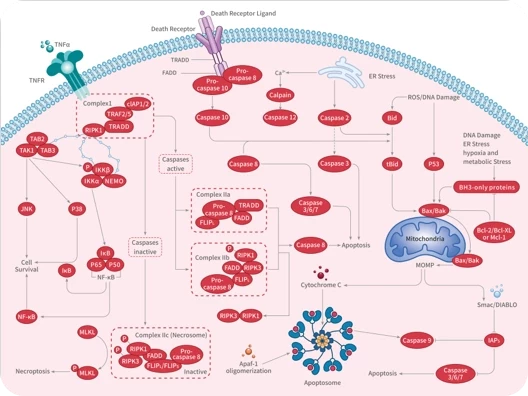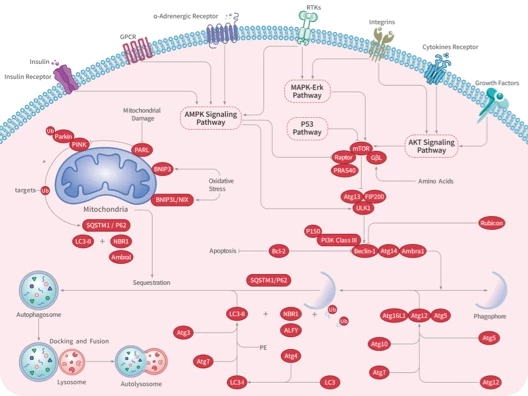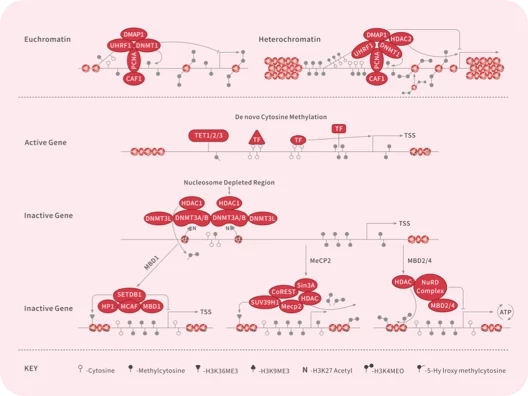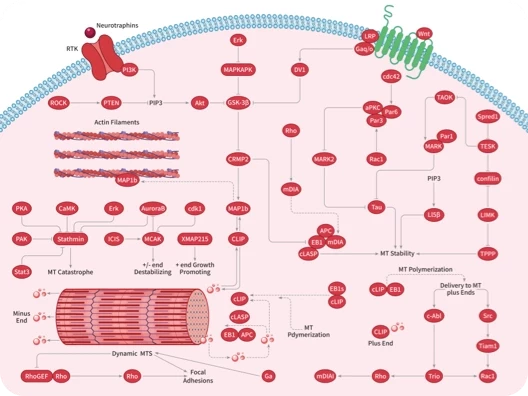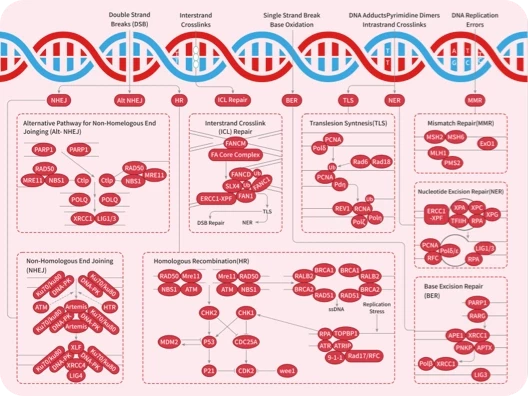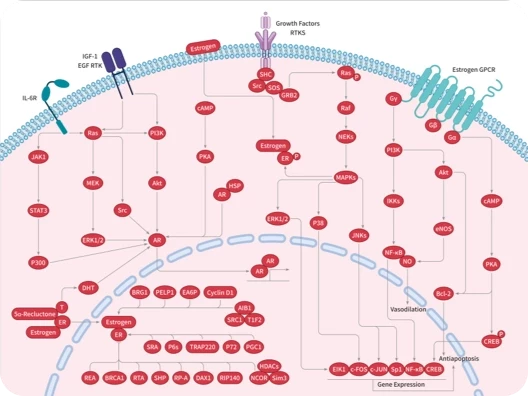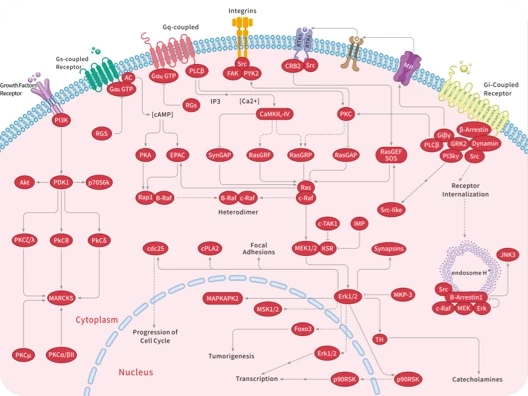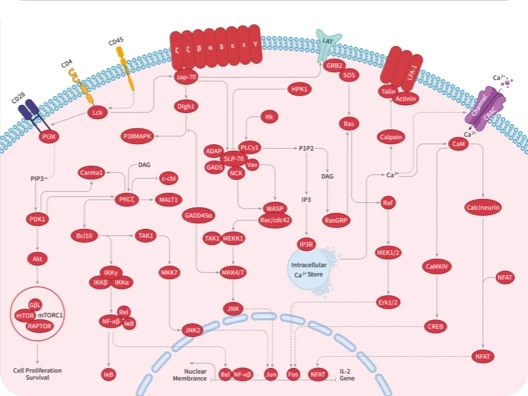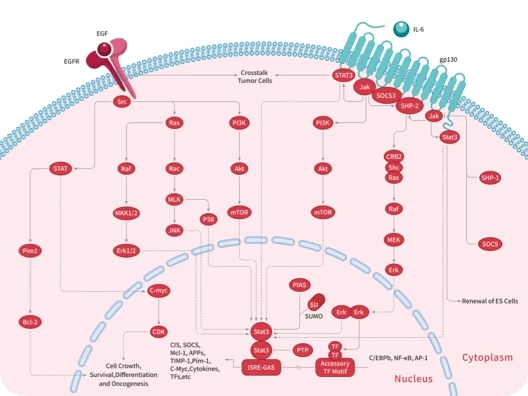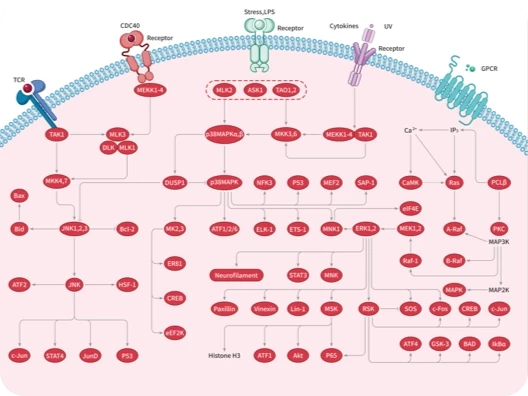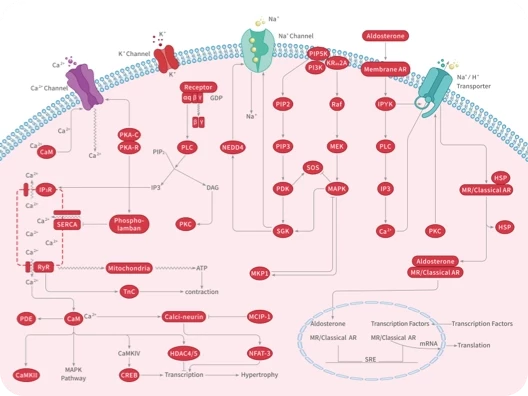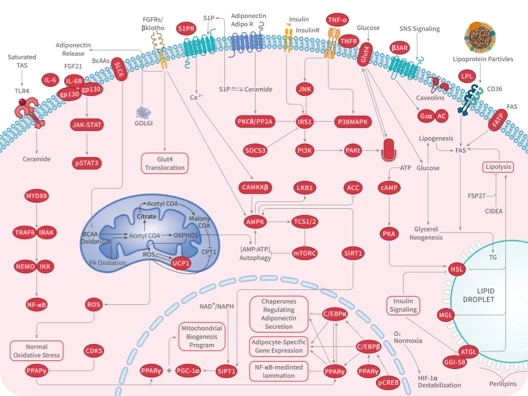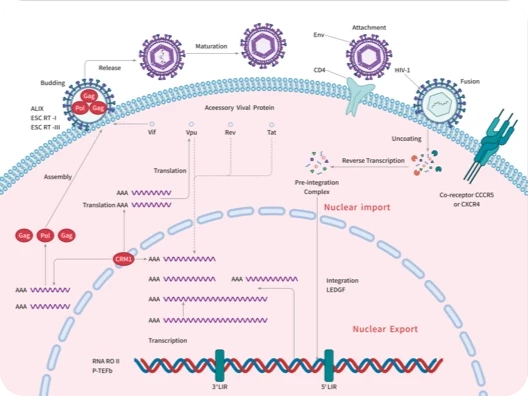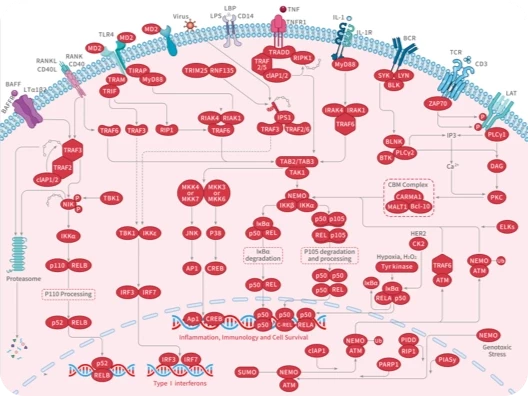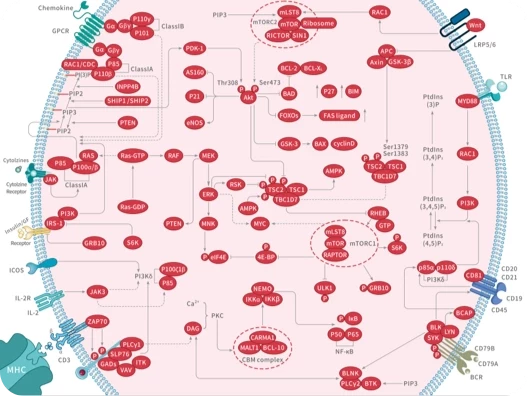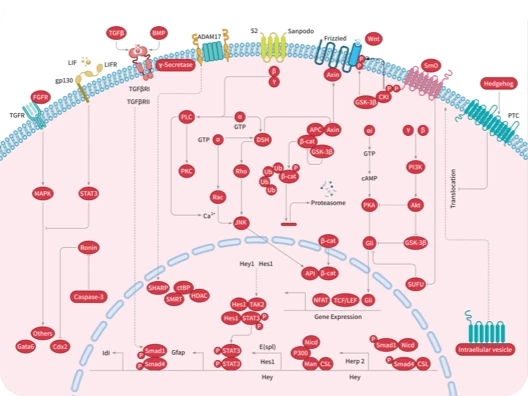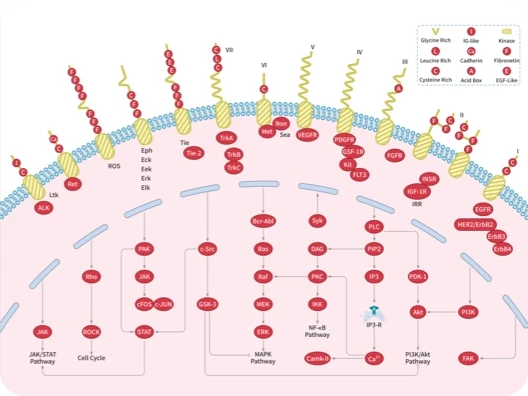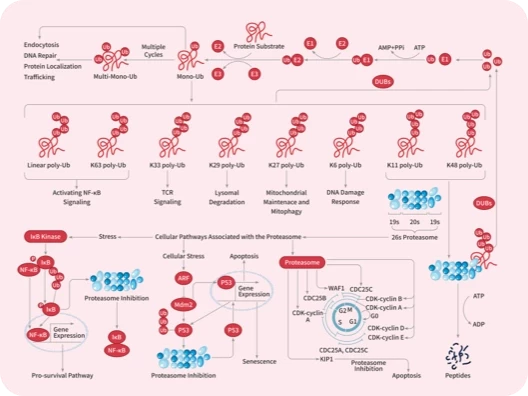- 全部删除
 您的购物车当前为空
您的购物车当前为空
购物车
EphB2 Protein, Human, Recombinant (aa 570-987, His & GST)
产品编号 TMPY-04386
EphB2 Protein, Human, Recombinant (aa 570-987, His & GST) is expressed in Baculovirus insect cells with His and GST tag. The predicted molecular weight is 75.2 kDa and the accession number is P29323-3.
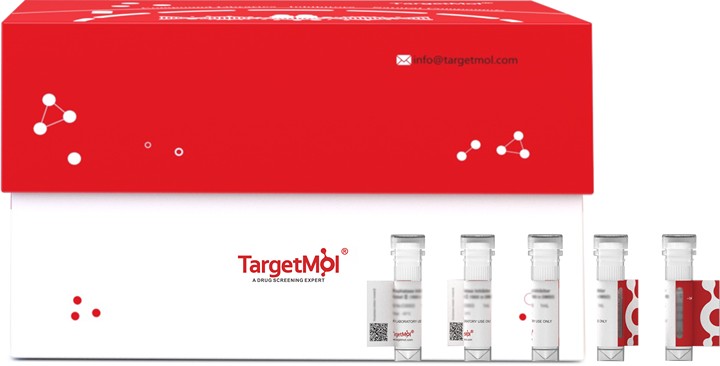
EphB2 Protein, Human, Recombinant (aa 570-987, His & GST)
产品编号 TMPY-04386
EphB2 Protein, Human, Recombinant (aa 570-987, His & GST) is expressed in Baculovirus insect cells with His and GST tag. The predicted molecular weight is 75.2 kDa and the accession number is P29323-3.
| 规格 | 价格 | 库存 | 数量 |
|---|---|---|---|
| 50 μg | ¥ 3,170 | 5日内发货 |
大包装 & 定制
加入购物车
TargetMol 的所有产品仅用作科学研究或药证申报,不能被用于人体,我们不向个人提供产品和服务。请您遵守承诺用途,不得违反法律法规规定用于任何其他用途。
资源下载
产品信息
| 生物活性 | The specific activity was determined to be 120 nmol/min/mg using Poly(Glu:Tyr) 4:1 as substrate. |
| 产品描述 | EphB2 Protein, Human, Recombinant (aa 570-987, His & GST) is expressed in Baculovirus insect cells with His and GST tag. The predicted molecular weight is 75.2 kDa and the accession number is P29323-3. |
| 种属 | Human |
| 表达系统 | Baculovirus Insect Cells |
| 标签 | His, GST |
| 蛋白编号 | P29323-3 |
| 别名 | Tyro5,PCBC,Hek5,ERK,EPHT3,EPH receptor B2,EK5,DRT,CAPB |
| 蛋白构建 | A DNA sequence encoding the human EPHB2 (P29323-3) (Gly570-Val987) was fused with the N-terminal polyhistidine-tagged GST tag at the N-terminus. Predicted N terminal: Met |
| 蛋白纯度 | > 90 % as determined by SDS-PAGE |
| 分子量 | 75.2 kDa (predicted); 65 kDa (reducing conditions) |
| 内毒素 | < 1.0 EU/μg of the protein as determined by the LAL method. |
| 缓冲液 | Supplied as sterile 20 mM Tris, 500 mM NaCl, pH 7.4, 3 mM DTT, 10% gly. |
| 复溶方法 | A Certificate of Analysis (CoA) containing reconstitution instructions is included with the products. Please refer to the CoA for detailed information. |
| 存储 | It is recommended to store the product under sterile conditions at -20°C to -80°C. Samples are stable for up to 12 months. Please avoid multiple freeze-thaw cycles and store products in aliquots. |
| 运输方式 | Kinases are highly recommended to be shipped at frozen temperature with blue ice or dry ice. |
| 研究背景 | Ephrin type-B receptor 2, also known as EphB2, belongs to the ephrin receptor subfamily of the protein-tyrosine kinase family which 16 known receptors (14 found in mammals) are involved: EPHA1, EPHA2, EPHA3, EPHA4, EPHA5, EPHA6, EPHA7, EPHA8, EPHA9, EPHA10, EPHB1, EPHB2, EPHB3, EPHB4, EPHB5, EPHB6. EphB2 receptor tyrosine kinase phosphorylates syndecan-2 and that this phosphorylation event is crucial for syndecan-2 clustering and spine formation. The Eph family of receptor tyrosine kinases (comprising EphA and EphB receptors) has been implicated in synapse formation and the regulation of synaptic function and plasticity6. Ephrin receptors are components of cell signalling pathways involved in animal growth and development, forming the largest sub-family of receptor tyrosine kinases (RTKs). Ligand-mediated activation of Ephs induces various important downstream effects and Eph receptors have been studied for their potential roles in the development of cancer. EphB receptor tyrosine kinases are enriched at synapses, suggesting that these receptors play a role in synapse formation or function. We find that EphrinB binding to EphB induces a direct interaction of EphB with NMDA-type glutamate receptors. This interaction occurs at the cell surface and is mediated by the extracellular regions of the two receptors, but does not require the kinase activity of EphB. |
计算器
SCI 文献
技术支持
请阅读 重组蛋白用户指南 了解更多具体信息.










